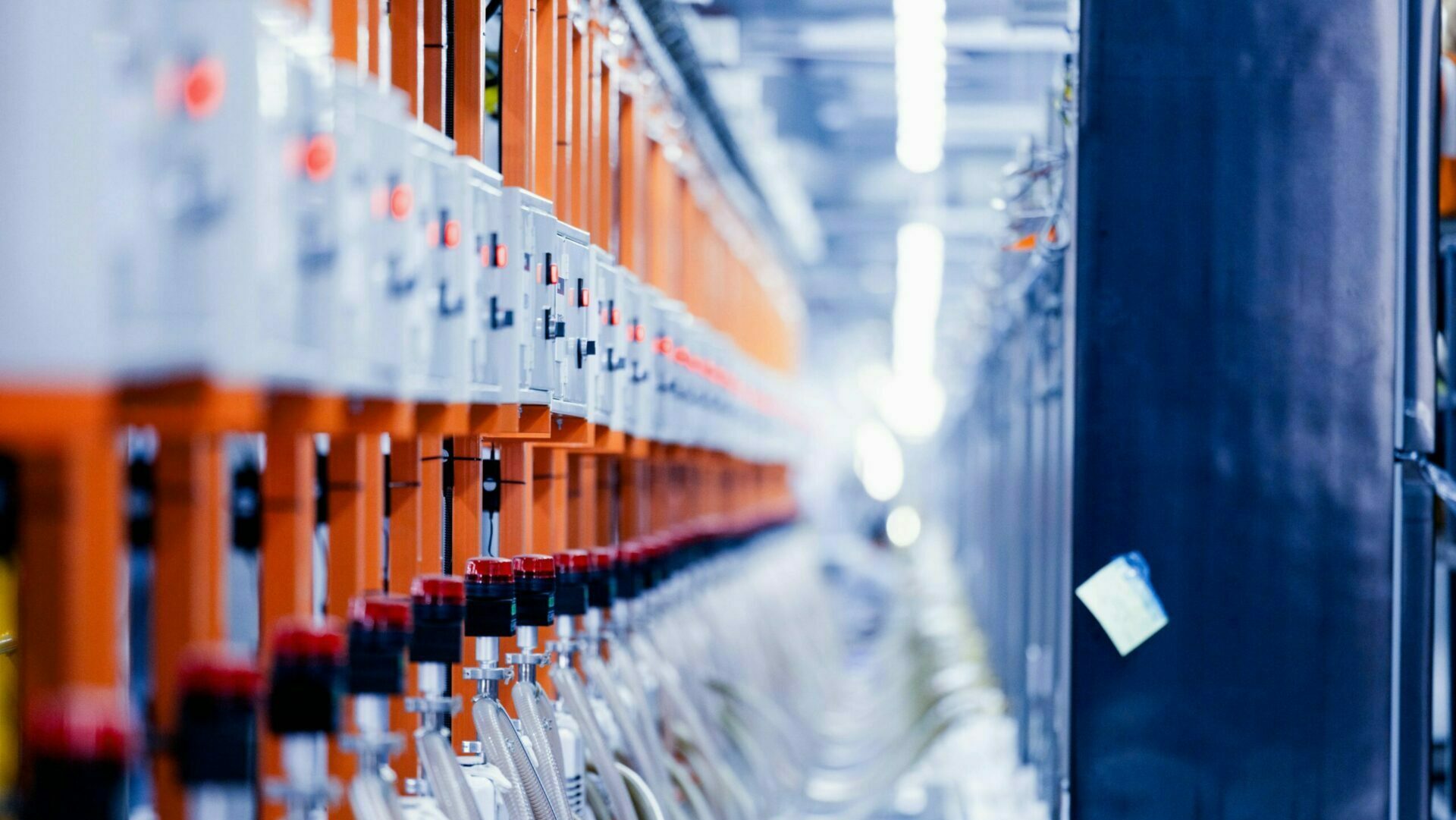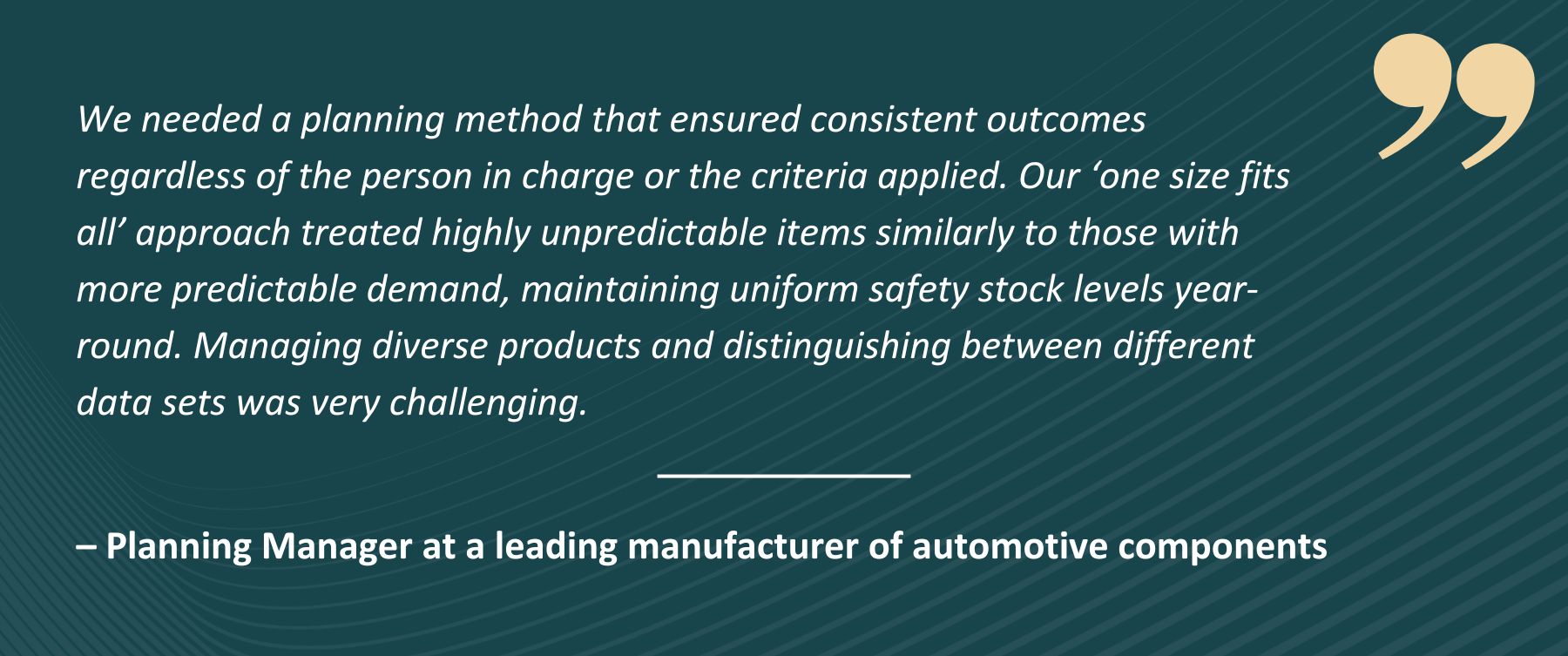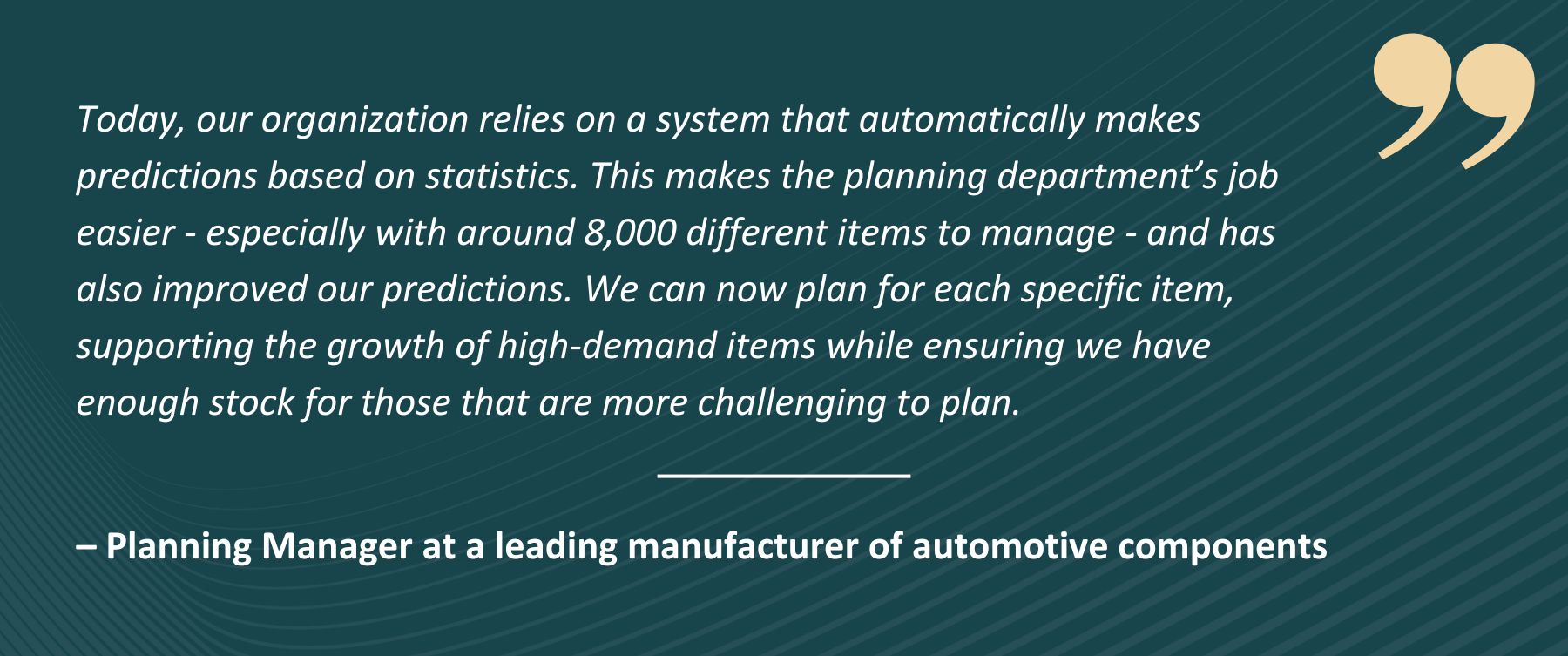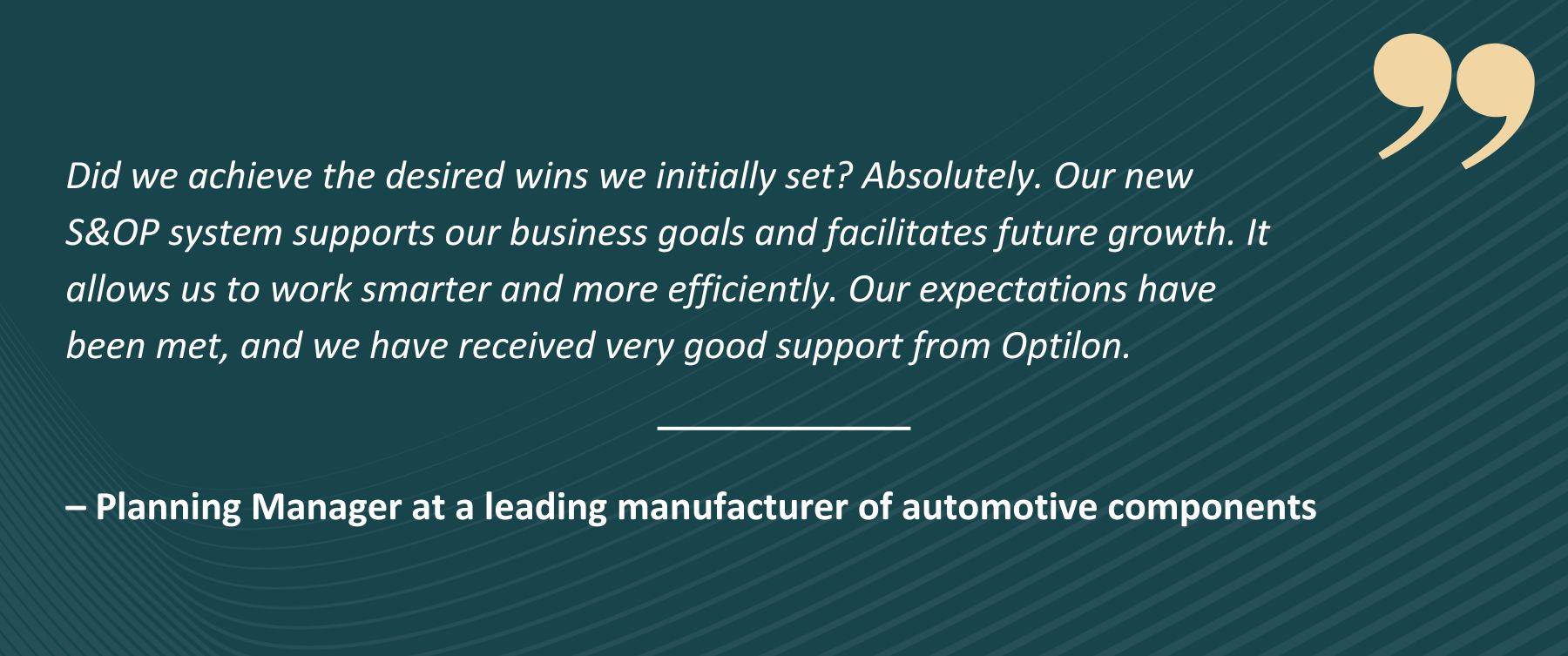How should companies navigate supply chain challenges in 2025? With supply chains evolving at breakneck speed, companies must stay ahead of the curve to maintain their competitive edge. With deep industry expertise, Jens Stenquist, VP of Sales & Marketing, and Fredrik Jersby, VP of R&D, share their perspectives on 7 supply chain trends shaping 2025 – and what you can do to navigate this evolving environment.
1. From globalization to regionalization: A strategic shift
Globalization has long been a cornerstone of supply chain strategies. However, 2025 marks a shift towards regionalization. Changes in tariffs and trade agreements, the invasion of Ukraine, and economic fluctuations are pushing businesses to reevaluate their global setups. While global trade isn’t disappearing, companies must rethink their sourcing strategies, focusing on agility and resilience. The key question: Are your supply chains adaptable enough to withstand these changes?
2. Energy transition in supply chain: The power struggle
Energy is at the heart of every production and supply chain. The push for fossil-free energy is critical, but political and infrastructural roadblocks make it a complex issue. Companies are facing uncertainty around future energy prices, which are expected to rise, impacting the cost of goods produced and our supply chains. Delays in green investments highlight the need for a more balanced and sustainable approach. If a stable energy supply and stable energy prices are no longer a given – how will your business prepare for the energy shifts ahead?

3. Scenario planning: The ultimate competitive advantage
Forget simple forecasting – 2025 is the year of deep scenario planning. In today’s volatile world, businesses can no longer rely on one or two potential outcomes. Instead, they must prepare for 30 to 50 different scenarios to ensure agility in the face of uncertainty. S&OP is now a must-have forum to help balance finances, customer demand, and internal capacity. The companies that master scenario planning in 2025 will lead the pack.
4. AI and automation in supply chain: The hype vs. reality
AI is the hottest buzzword, but what does it really mean for supply chains? While generative AI is revolutionizing text and data handling, its impact on supply chain operations is still unfolding – and there’s a gap between expectations and outcomes. Many businesses are investing heavily in AI but struggle to see tangible results. The takeaway? Companies must approach AI investments strategically and focus on real, measurable improvements rather than just jumping on the latest trend.

5. Regulation contra innovation: Striking the right balance
Regulations like GDPR and CSRD aim to protect – but at what cost? And what are the consequences of different regulatory setups across different parts of the world? Excessive red tape can stifle innovation, particularly for small and mid-sized businesses. Striking the right balance between regulation and innovation is essential: regulations should enable progress, not restrict it. Rules should be simple to understand and apply, not obstacles. As companies navigate compliance challenges, those that find ways to stay agile while maintaining compliance will have a distinct advantage.
6. The future of payments: Is Bitcoin the answer?
It may seem unconventional, but decentralized payment systems like Bitcoin could be the future of global trade. Traditional payment networks are often outdated, slow, and expensive. Could a transparent, borderless currency transform supply chain transactions? While widespread adoption isn’t here yet, companies should keep a close eye on developments in blockchain and digital payments.

7. The role of science: Questioning everything
Science and data are the bedrock of our industry and critical to progress. A growing challenge is that specific findings are sometimes leveraged as political tools rather than being questioned and refined, as true science demands. Saying that scientific results cannot be questioned contradicts the scientific method rather than supporting it. Businesses must stay vigilant, evaluating trends and policies through a critical and informed lens rather than taking every new study at face value.
How to navigate the supply chain landscape in 2025
As supply chains become more complex, companies that adapt, innovate, and plan for uncertainty will come out on top. Here’s what you should focus on:
- Master scenario planning: Go beyond basic forecasts and prepare for multiple future outcomes.
- Build flexible supply chains: Dual sourcing and risk management must take priority over cost-cutting.
- Invest in knowledge and technology: Stay ahead with AI, supply chain expertise, and cutting-edge insight closely linked to the supply chain area.

Supply chain in 2025: A year of reflection
At Optilon, we’re committed to helping businesses navigate supply chain complexity. Through insights, technology, and processes, we guide you every step of the way on your supply chain journey. Whether you need guidance on scenario planning, AI integration, or supply chain optimization, we’re here to help.
2025 will be a year of reflection. For those ready to embrace change, it also promises to be a year of growth and opportunity. The question is: Are you ready to lead the change?













